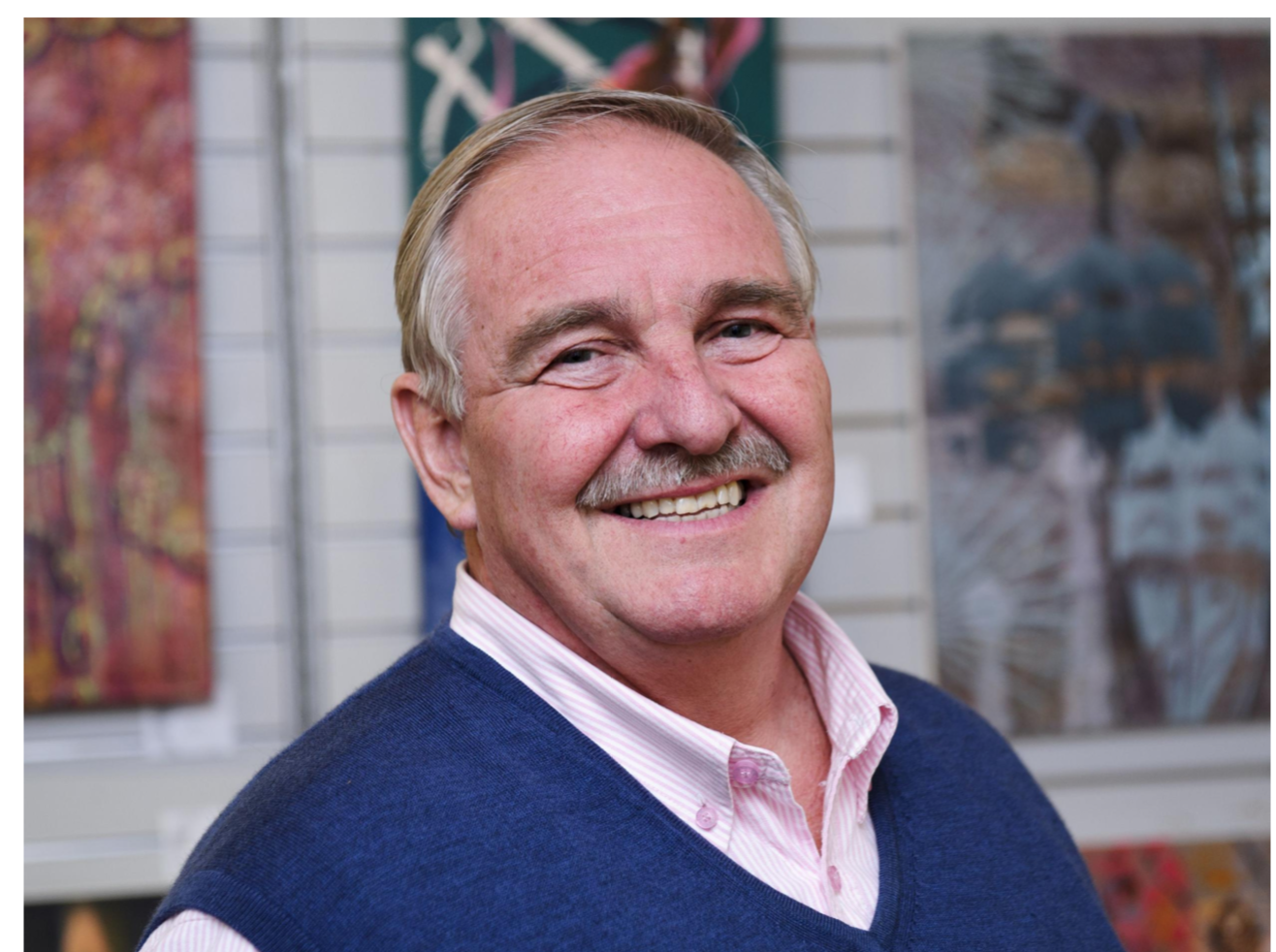Recently Professor David Nutt from the Centre for Psychedelic Research was invited to speak at the Prontifical Academy of Science meeting on neurostimulation technologies for human wellbeing at the Vatican. In this article he talks about his visit, the other talks he heard at the meeting and the Vatican as a conference venue.
By Professor David Nutt
I was invited to speak on psychedelics at the recent Pontifical Academy of Science meeting on neurostimulation technologies for human wellbeing held in the Vatican. When the email invite came I thought it was a hoax so I contacted a cc – Wolf Singer – another neuroscientist. He reassured me it was for real, and I would be speaking in the footsteps of other scientists such as Galileo – which wasn’t totally reassuring given he was given the choice of recanting his theories or death!

As well as being the only Brit on the programme (not sure if this was due to Brexit or still the ripples from Henry the VIII‘s divorce from Rome) I was the only psychiatrist. Much of the presentations were on the various new ways of measuring brain activity and converting outputs into actions or vision and then training AI programmes to do the same – the latest META data using EEG to generate estimates of visual inputs has now reached a quality almost as chillingly good as those derived from fMRI. Pleasingly there were interesting small case series of psychological experiences such as brain stimulation of the anterior pre-cuneus leading to out-of-body experiences. Another study demonstrated a model for generating the sense of a “presence” of others by stimulating a person’s back just after they had touched an object in front of them, which remarkably revealed patients with Parkinson’s disease were six times more sensitive to this artefact than healthy volunteers. And one study using deep hippocampal electrodes in epilepsy patients revealed – perhaps for the first time in humans – the existence of the “grandmother” neuron.

At more molecular level there was new data on the Chinese cloned monkeys project where several genetic models e.g. of depression and autism have been developed with now some pharmacological validation, that could assist the development of novel treatments for humans. There were two exciting talks on using organoids to explore genetic disorders of the brain. Oneseems to have sorted out the complex gene processes underpinning tuberous sclerosis and the other that of Timothy syndrome a rare form of autism, and both seem likely to lead to new treatment approaches with targeted siRNAs.
And what of the Vatican as a conference venue? I hadn’t realised how large a walled city it was. It covers a large hill behind St Peters Basilica, with very steep winding cobble pathways, large neo-classical buildings and splendid centuries old cypress trees. Hard to get around but the views down to the Basilica were worth the climbs, as was the ceiling of the conference dining hall. And the Pope passed by, though sadly in a wheelchair.
You can see background info on the Academy and the details of the conference here.
